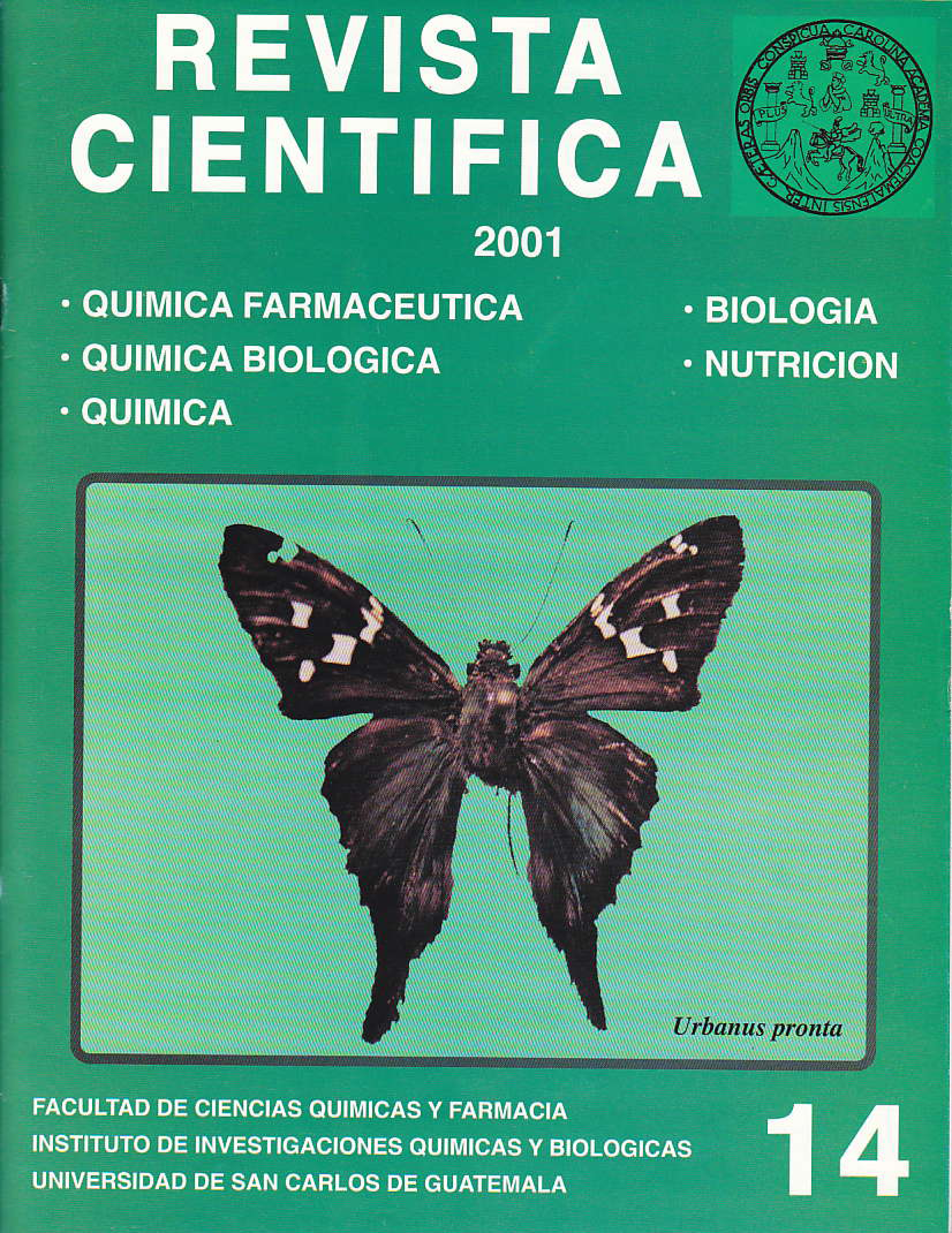Development of a Simple Methodology to Establish the Presence of Coliforms in Water for Human Consumption and its Correlation with the Multi-Tube Fermentation Method (NMP)
DOI:
https://doi.org/10.54495/Rev.Cientifica.v14i1.259Keywords:
Development, Simple Methodology, Presence of Coliforms, Water for Human Consumption, Correlation, Multi-Tube Fermentation Method (NMP)Abstract
A simple field method was evaluated to determine the presence of total coliforms in water. For this study, a total of 280 water samples from the Unified Food and Drug Control Laboratory (LUCAM) and the Institute of Nutrition of Central America and Panama (INCAP) were analyzed. The DAT-PA method (disc water test-presence/absence) and the standard Multiple Tube Fermentation (NMP) method were applied to each sample to validate the test. The DAT-PA method was evaluated at two temperatures: 36°C ± 1 and 25°C = 1, being optimal for the growth of total coliforms. transport conditions, storage and stability were also evaluated, noting that both ambient and refrigeration temperatures (25°C and 8"C) allow the stability of the medium to be maintained for three months, taking care not to expose it to light, since this it deteriorates the disc To handle the test in a simple way, the use of sterile plastic bags was evaluated, which allow the DAT-PA disc to be kept in optimal conditions and at the same time it does not take up much space when stored. The methods were statistically compared, obtaining a very good correlation with the reference method of Multiple Tube Fermentation (NMP). The sensitivity was 93% and the specificity was 95%. It is concluded that it is a sensitive and specific qualitative method that can be applied for monitoring water, since it was designed for the use of the population that does not have infrastructure resources and trained personnel to carry out the bacteriological examination of water.Downloads
References
K.S. Manja., et al. 1982. A simple field method for detection of fecal pollution in drinking water.
Bull. of Wor. H. Organ. 60 (5):797-801.
A. E. Greenberg, etal. 1992. Standard Methods for Examination of Water and Wastewater. 18thed. WasingtonD.C. pg. 10-130. pg. 9-45-9-63.
Manual de Procedimientos de Control de Calidad para los Laboratorios de Serologia de
los Bancos de Sangre.1994. PHAO/HPC/HCT/94.21 , Washington D.C. pg.15-18 y 20 - 21
Downloads
Published
How to Cite
Issue
Section
License
Copyright (c) 2001 B. Ortiz, F. Cano, T. Aguilar de Miranda

This work is licensed under a Creative Commons Attribution 4.0 International License.
Authors who publish with this journal agree to the following terms:
- Authors retain copyright and grant the journal right of first publication with the work simultaneously licensed under a Creative Commons Attribution License 4.0 that allows others to share the work with an acknowledgement of the work's authorship and initial publication in this journal.
- Authors are able to enter into separate, additional contractual arrangements for the non-exclusive distribution of the journal's published version of the work (e.g., post it to an institutional repository or publish it in a book), with an acknowledgement of its initial publication in this journal.
- Authors are permitted and encouraged to post their work online (e.g., in institutional repositories or on their website) prior to and during the submission process, as it can lead to productive exchanges, as well as earlier and greater citation of published work.









